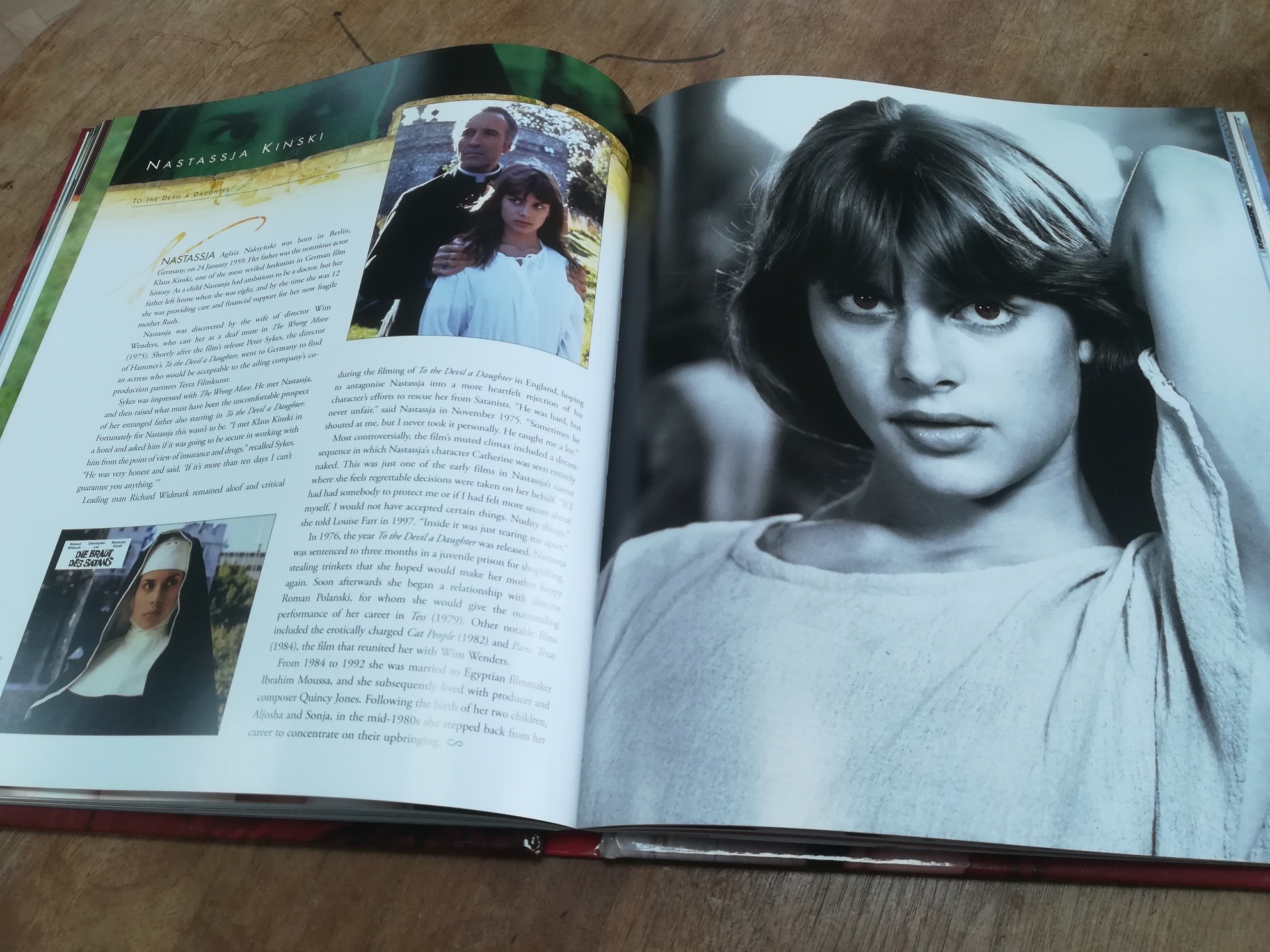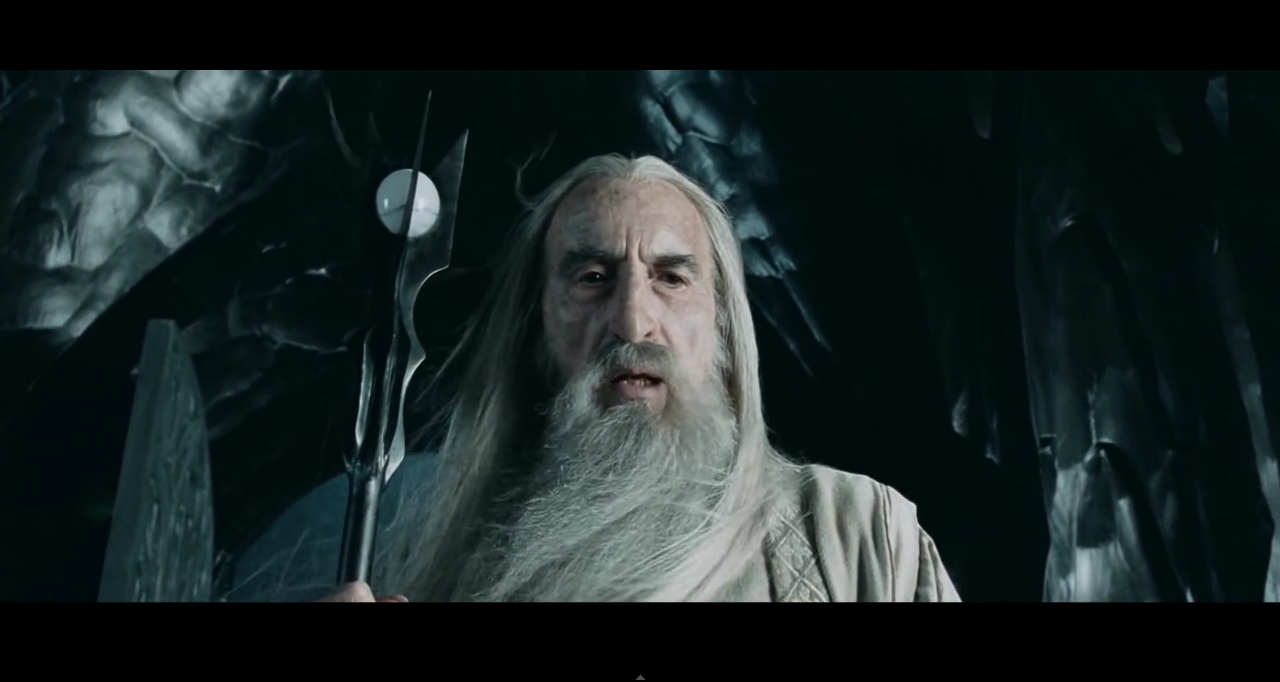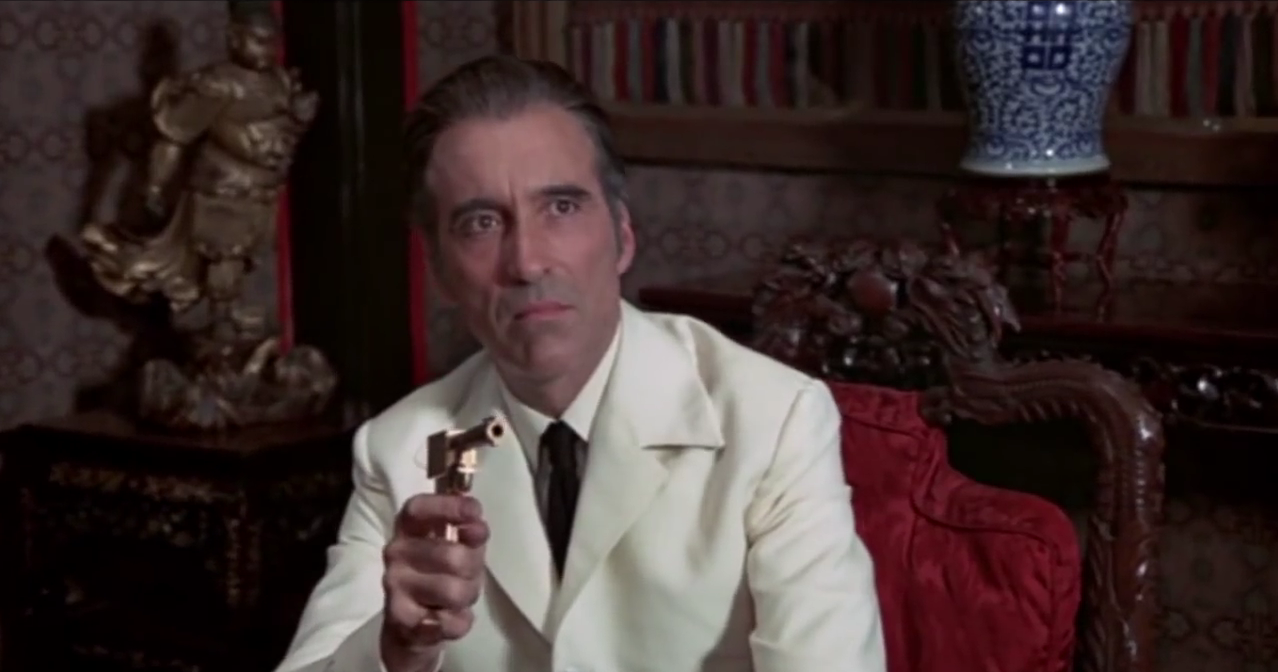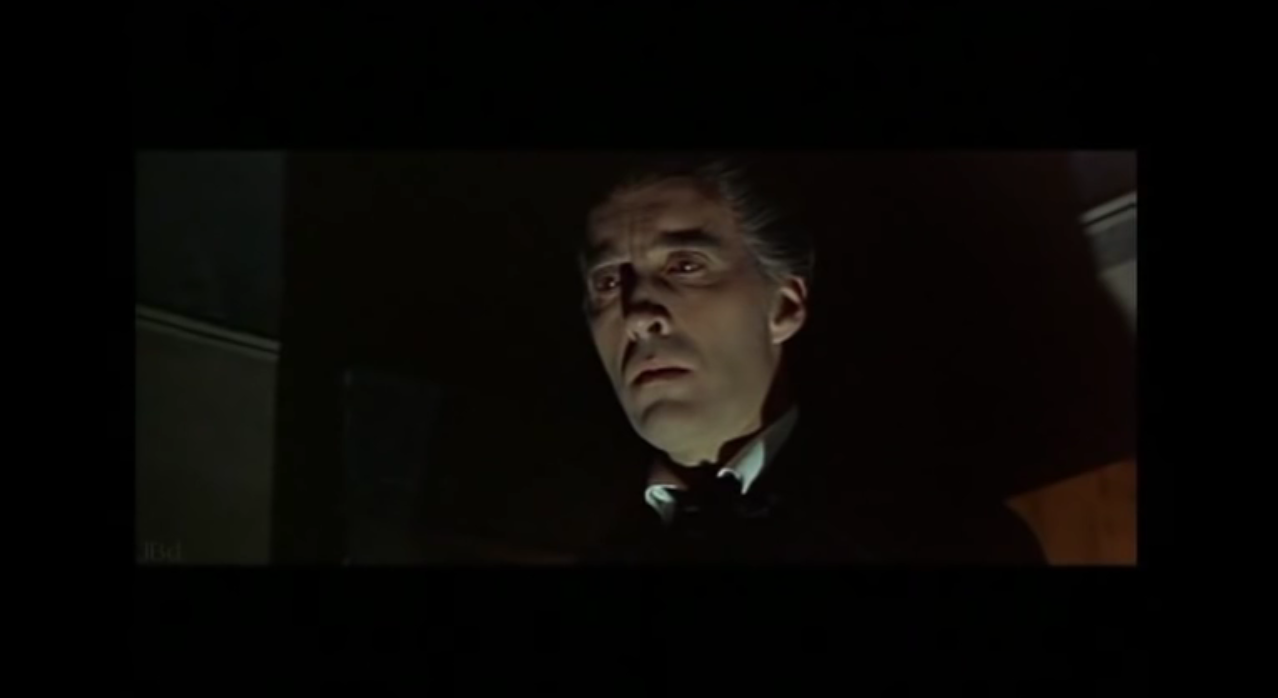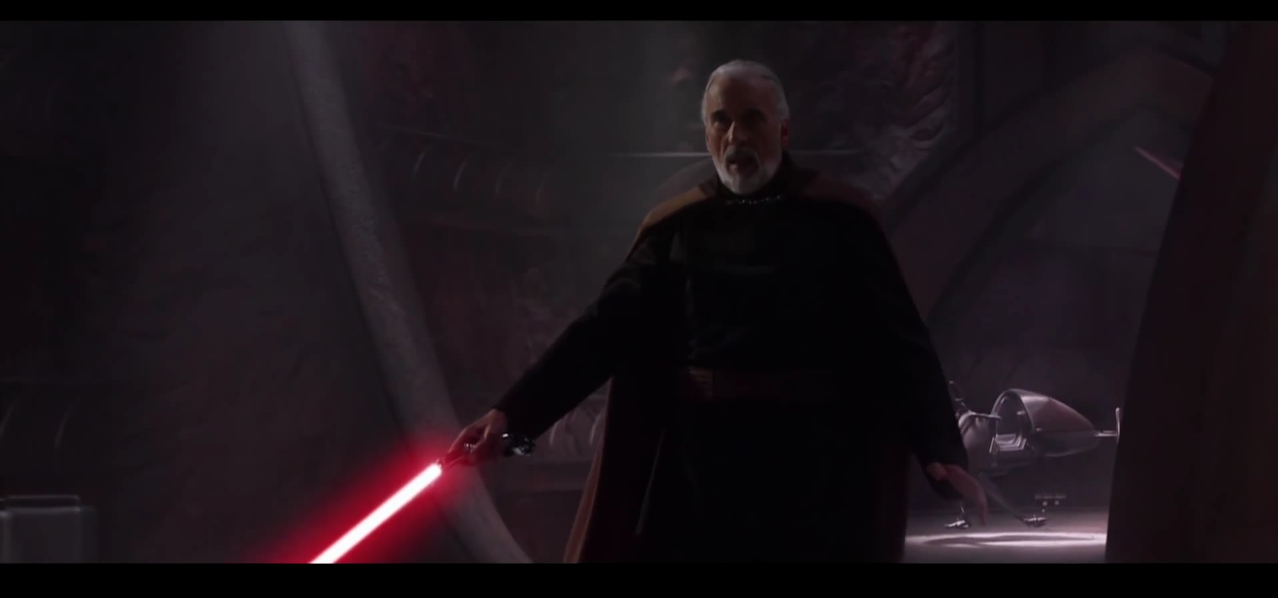I have been an avid film fan for a long time, developing and growing my love for cinema by exploring the world of classic films that my father introduced me to. This included classic comedies like Laurel and Hardy and Charlie Chaplin to the epic works of David Lean and the sword and sandals films of Ray Harryhausen.
During my time at university, I immersed myself in cult TV shows and movies, taking full advantage of the tonnes of films available on campus. Despite being limited to borrowing only 8 films at a time, I managed to consume a large number of them. While I appreciated the wide variety of movies and shows, I have always had a penchant for the cult or unconventional. My love for old horror films started in my formative teen years. The BBC would show cult horror films late on Friday and Saturday nights in the early to mid-90s and, when we got Sky, late 90s/ early 2000s Bravo Channel. Some were the more salacious films of 60s and 70s European cinema, often in the horror genre but not always- some were experimental pieces which had a deeply ethereal feel and long moments of quiet where the gorgeous scenery and silence would wash over you. It was here I first saw Circus of Horrors, Vampiros Lesbos, Twins of Evil and many, many more.
One film that piqued my interest was Countess Dracula- the tale that intertwines the narrative of Dracula with the dark and disturbing real-life account of Elisabeth Bathory. She was a Hungarian noblewoman who gained notoriety for the heinous deeds of murdering virgins in order to bathe in their blood to gain eternal youth. It is a dreadful tale of one of the earliest known serial killers and thus would make a traumatising film as is, so the Hammerfication has made it slightly more palatable.
Central to the film is Ingrid Pitt's portrayal of the countess. She is captivating in the role, injecting a compelling element of drama into the role of an older lady who is enthralled by a younger soldier, played earnestly by Sandor Elés. She is a force of nature and demands attention on the screen- oozing charisma and confidence. The film's opulent sets and costumes contribute to its visually striking appearance, perfectly complementing its eerie storyline and gothic leanings.
Overall, I enjoyed my time with the horror tale. It is a late period Hammer piece and has attained cult status over time as this was the period when Hammer started to go into decline but I think it is well worth your time.
LINK: Hammer Glamour- Book Review
LINK: Kolchak: The Night Stalker- Cult TV Series Review
LINK- Dead of Night: Cult TV Review
LINK- The Stone Tapes: Cult TV Review
LINK- Twin Peaks Retrospective
LINK- On, and On and Colston (Or, ‘How We Learned to Talk About the Legacy of Colonialism in GB’)



